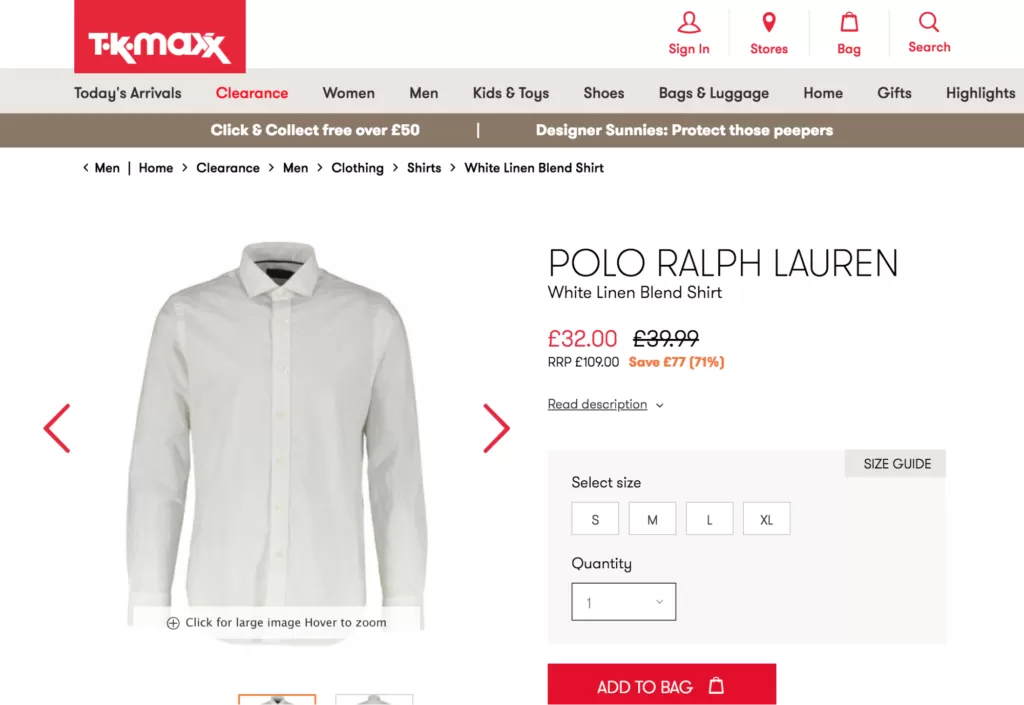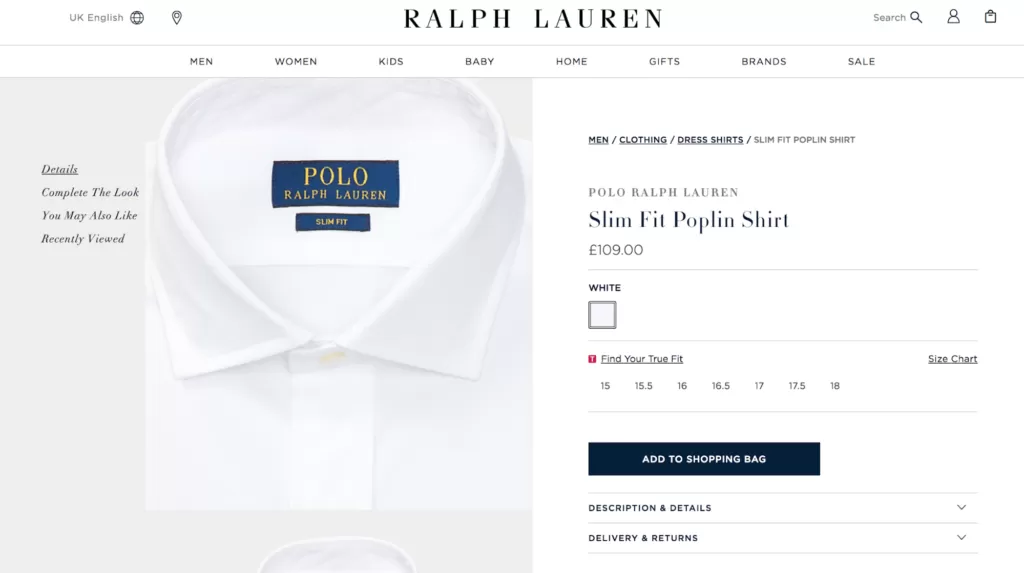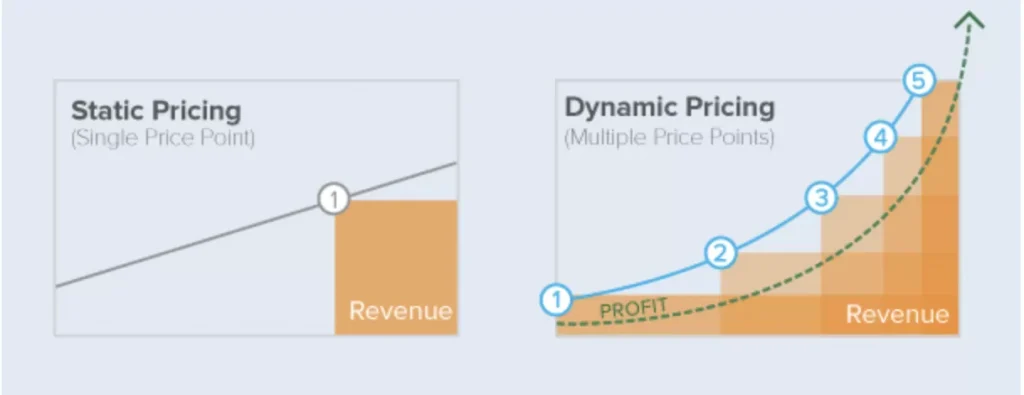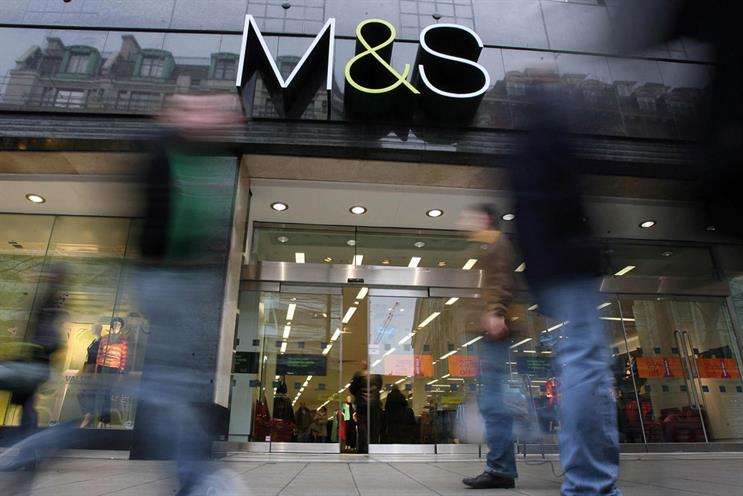Pricing can be a huge player in whether your ecommerce store makes consistent sales. Charge too much and nobody buys, regardless of how good your products are. Too little and profits get razor thin. Our recent research even found that competitive pricing was the single biggest store feature driving purchasing decisions. But with so many different ecommerce pricing strategies out there, it’s difficult to know which one will work best.
Ecommerce pricing strategies for traffic
The first thing you need to do before making any sales is get people to come to your online store in the first place. You can do this through tactics like SEO or paid advertising. But one lucrative way to attract people to your store is through utilising various ecommerce pricing strategies.
1) Loss-leader based pricing
Loss-leader pricing strategies are often used by ecommerce retailers where there are discounts on offer. When you implement a loss-leader strategy, you pick a select product that makes little or even no profit. The purpose is to create such a great deal around a product that people stick around to look at the other products you have – ones you do make a profit on.
You can also use the loss-leader approach on items where there’s a necessity to buy supplementary products. A great example of this is Harry’s (or any other shaving product):
Often the actual razor is sold with little to no profit generated because the supplier understands once you own the razor, you’ll need to come back to buy the specific blades. The same approach could be used with products like electric toothbrushes.
However that doesn’t mean a loss leader can’t work if your business model doesn’t involve products where customers need to come back to replenish heads, blades, etc. Store owners will often have a major sale on one product with the view that if they provide their customers with a good, helpful experience, they’ll go on to buy other products.
Some of these items may very well be loss-leaders being used to pull in customers who’ll also purchase more profitable items at the same time.
Don’t use this strategy too often though, or you’ll find it hard to escape. Once people come to expect good bargains from you, that’s all they’ll expect.
2) Free + shipping based pricing
Another ecommerce pricing strategy you can use to attract customers to your online store is to set certain products for free with the customer only paying for shipping. This strategy is often used by drop shippers where they get products so cheap from their supplier that they can afford to give them away as long as the buyer pays for shipping.
Free + shipping is a similar approach to the loss leader where you can use the concept of a really good deal to lure people into your store who then might be interested in looking at (and purchasing) other products.
Be careful how you do this though.
Saying your product is free but then charging £150 for shipping – UK or $150 shipping – US is not a worthwhile investment at all. And will likely annoy browsers for you having got their hopes up and wasted their time.
If you’re going to offer free shipping, be as transparent as possible in regards to how much shipping will actually cost your customers.
Ecommerce pricing strategies for conversions
Whether your audience find your store through word-of-mouth, an advert, social media or even through a Google search, you need to find ways to convert them into customers.
So here are two ecommerce pricing strategies to convince people to purchase once they land on your site.
3) Anchor pricing
Anchor pricing is a strategy where you show the value of the price of a product by anchoring it next to another one. Building an image in the shopper’s mind that they’re getting a good deal because they can see the price they could be paying.
UK retailer, TK Maxx is a great example of an ecommerce store using anchor pricing:

The image above shows the price of this shirt as £32.00, reduced from £39.99 and an RRP of £109.00. They also make it explicitly clear to the customer that they’re saving £77 with a total price reduction of 71%. Sadly you can hardly appreciate they are indeed the same shirt, as the quality of the photography makes it look like a cheap, shabby, shop-soiled second compared to its pristine, branded, peer.
And if we compare that to a similar shirt on the actual Ralph Lauren website, we can see the stark price difference:

This is likely to sway shoppers who perhaps hadn’t considered buying a designer shirt. Anchor pricing can still be effective for smaller ecommerce sellers though. Just don’t price your products too low, or you’ll ruin your chance of profit. Within the industry, studies have shown a discount of 5-10% is enough to create that memorable moment and sense of value.
Anchor pricing works by setting the original price as the reference or anchor point in the minds of consumers. They then use this reference point to form an opinion of how much they’d be happy to pay.
4) Bundle pricing
Bundle pricing is very common for apparel stores and is another great ecommerce pricing strategy to convert consumers when they land on your website. The tactic works by selling multiple products for one single price point.
For example:
HappySocks.com lets you buy four pairs of socks in a bundle for £20.97:

Because customers have to manually add each of the four pairs of socks to the basket, they’re much more likely to question the purchase and ask whether they really need that third or fourth pair.
Whereas buying the product as a bundle will feel as though they’re only really buying one thing, despite receiving four items.
It’s not just socks this process works well for. You can use it for selling underwear, t-shirts, clothes, electronics and many others.
Ecommerce pricing strategies for profits
When you’ve attracted people to your store and encouraged them to make a purchase, it’s time to increase the amount of profit you generate. Using a dynamic ecommerce pricing strategy is a fantastic way of doing this.
5) Dynamic pricing
Airlines and travel sites are infamous for changing their prices based on demand. The more tickets sold, the higher prices tend to be.
This idea of basing your prices on demand is known as dynamic pricing.
Dynamic pricing essentially gives retailers flexibility in their pricing. Allowing them to increase and generate more profit when business is booming, or decrease to increase sales when business is a lot slower.

This is often why you might see prices fluctuating depending on the time of year, time of day and where you’re buying it from. The alternative to dynamic pricing is static pricing. Where you keep one price and change it manually when needed – usually in line with updating ecommerce pricing strategies across the company.
However dynamic pricing is different in that it has multiple price points instead of just one. These price points can be based on any criteria you choose. Four popular tactics seem to be popular with most ecommerce retailers:
- Demand. The higher the demand is, the higher you price that product.
- Segmentation. Where retailers offer one price point to a certain segment of customers and a completely different price point to another.
- Time-based. Where vendors adjust their prices based on how long a product has been on the market.
Just like you’d use software to track inventory, you should also use ecommerce price-tracking software to automate this process and ensure your prices increase or decrease based on accurate predictions.
Takeaways
Getting your pricing right can be the difference between your ecommerce store being successful or failing. Price your items too high and no one will buy, too low and you’ll struggle to make profit. There’s no one-size-fits-all approach you can use, and you’ll need to work out what works best for your company based on the products you choose to sell.
So getting your pricing strategy right involves a mix of testing and streamlining the processes we’ve outlined in this post.
Have you tried any of these ecommerce pricing strategies? Let us know how you got on in the comments below.





